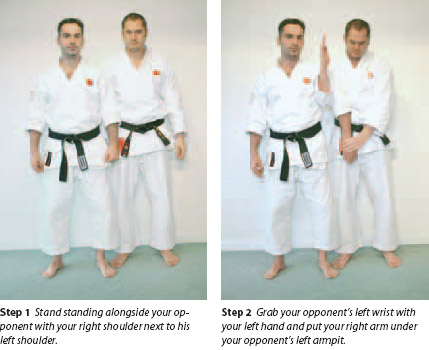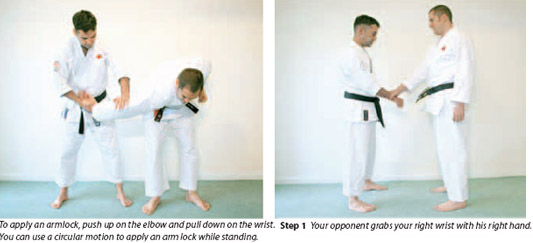
When in doubt, choke him out!
~ Gene Lebell
Locks and Choke Holds
A joint lock is a grappling technique that applies force to a joint in a direction that is contrary to the joint's normal direction of motion or beyond its natural range of motion. A joint lock is usually applied during ground fighting, but it can also be used while standing up, particularly in a self-defense context.
In competitions, joint locks are a way to get your opponent to submit by hyper-extending, hyper-rotating, or hyper-flexing their joints. In a self-defense situation, joint locks can be used to restrain an opponent or, if necessary, pressure can be brought to bear on the joint to the point where there could be tendon and ligament damage, or possibly even a dislocation or bone fracture. It is therefore important that, when practicing these techniques with a sparring partner, that they only be applied gradually, allowing the receiver to submit. Martial artists signal this either verbally, for example, by saying “I submit,” or by tapping the ground or their own body several times. For this reason, submitting is often referred to as “tapping out.” Because of the potential dangers of joint locks, it is essential that you be ready to release the lock immediately when your partner taps out. Just as important, if your sparring partner holds you in a joint lock, you should not be stubborn and refuse to tap out despite feeling your joint lock out.
There are many types of locks, but in competitions, many types of locks are not allowed. This will vary from one competition to the next but usually only locks applied to the elbow joint are allowed.
A chokehold is a grappling move that restricts breathing or blood flow by constricting the neck. These techniques can induce unconsciousness or even death and so must be used with caution.
| SUMMARY OF LOCKS AND HOLDS | |
| Arm lock | A joint lock that hyper-extends the elbow |
| Cross arm lock | A joint lock that can be used during ground fighting |
| Americana | An arm lock that can be used during ground fighting |
| The Kimura | A shoulder lock |
| Rear naked choke | A choke that can be used from the rear mount |
| Cross choke | A choke that can be used from the mount |
| Supinating wrist lock | A lock wrist lock that can be used as a submission technique in a standing position |
| Pronating wrist lock | A wrist lock that can be used as a submission technique in a standing position |
| Hyperflexing wrist lock | A wrist lock that can be used as a pain compliance technique |
ARM LOCK
An arm lock, also known as an arm bar, works by applying pressure against the wrist and elbow in opposite directions. Continued application of this pressure will cause pain and will lead your opponent to submit. Further continuation of this pressure will hyper-extend the arm and could result in a serious injury.


CROSS ARM LOCK
This technique is also known as “cross arm breaker” or “crucifix arm bar.” In judo, this is called juji gatamc and it is the most successful submission technique in that sport. It is also a very common submission technique in MMA and wrestling.



AMERICANA
This arm lock is also known as the four-figure arm lock. In judo, this is called an arm entanglement, ude garami.
The Americana in Ground Fighting
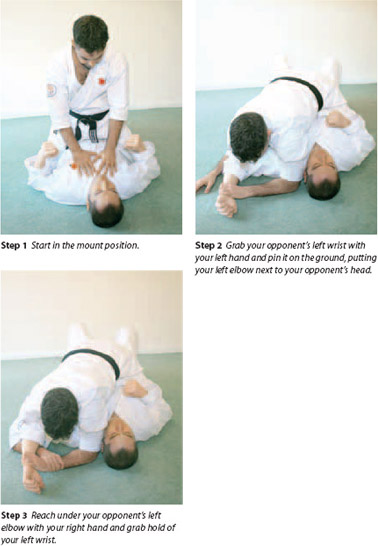

The Americana as a Takedown Technique
You can also use the americana as a takedown technique from a standing position.
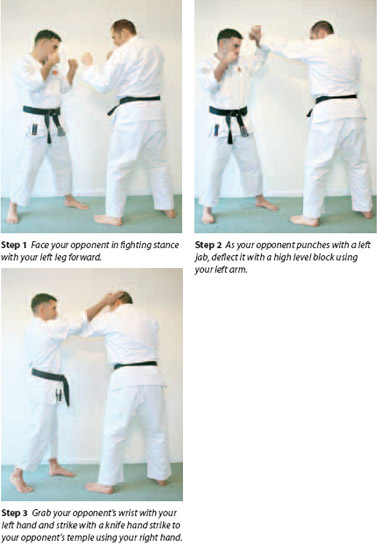
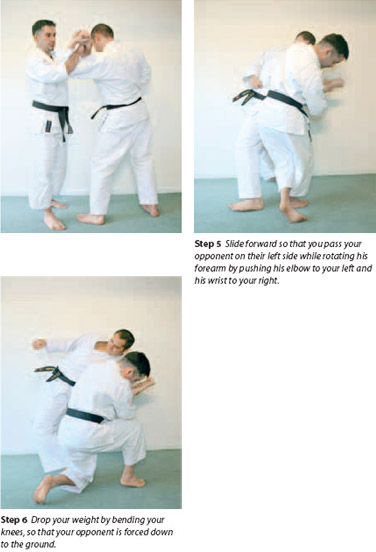

THE KIMURA
This shoulder lock was nicknamed “the kimura” after the great judo master, Masahiko Kimura, after he used it to defeat Helio Gracie in a no holds barred fight in 1951. It is also called a key lock because to apply it you twist the upper arm like turning a key in a lock. In judo, this technique is called ude-garami. It is somewhat like the Americana but is applied behind the opponent's back.


REAR NAKED CHOKE
This technique is also known as the “sleeper hold” because it can render an opponent unconscious if applied for more than a few seconds. This works by restricting blood flow to the brain. In order to do this, you need to make sure that you are applying it to the correct part of the neck. If you apply pressure to the front, on your opponent's throat, then you will be constricting their airway. This can cause damage to the windpipe and, although this will eventually cause unconsciousness, it will take some time. It is far better to apply pressure to the side of the neck so that you restrict blood flow through the carotid artery that supplies blood to the brain. If applied correctly, this will cause unconsciousness in less than 10 seconds.
This technique can be applied against a standing opponent but it is usually not possible to get into this position against a ready opponent, so this choke is most commonly used during ground fighting.

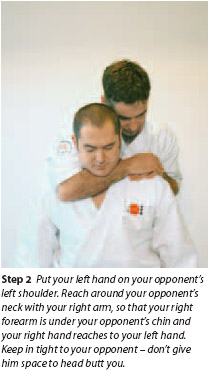

CROSS CHOKE
Like the rear naked choke, this technique can be used to submit or knock out an opponent by constricting the carotid artery. In judo, this technique is called the cross lock, juji jime. This technique requires that the opponent wears a heavy jacket, such as that worn in judo or jujutsu, this is what's used to pull against when applying pressure.

This technique works equally well from the guard position.

SUPINATING WRISTLOCK
In jujutsu, this technique is called a forearm return, kote gaeshi and is one of the most common wristlocks in the martial arts. In aikido, this technique is also called sankyo which means “third one,” It works by applying a torque to the wrist joint, which does not have any rotational mobility and so causes a rotation (supination) in the radiolunar joint. Its most common use is to force an opponent to the ground, but in a self-defense situation it could be used to dislocate the shoulder or break the wrist.
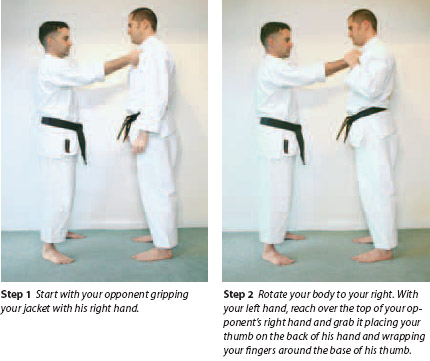

PRONATING WRISTLOCK
In jujutsu, this technique is called a forearm rotation, kote mawashi. It is similar to the supinating wristlock but rotates in the opposite direction (pronation). Unlike the supinating wristlock, it does not work if your opponent is allowed to straighten his arm because keeping the elbow joint bent reduces the range of rotation.
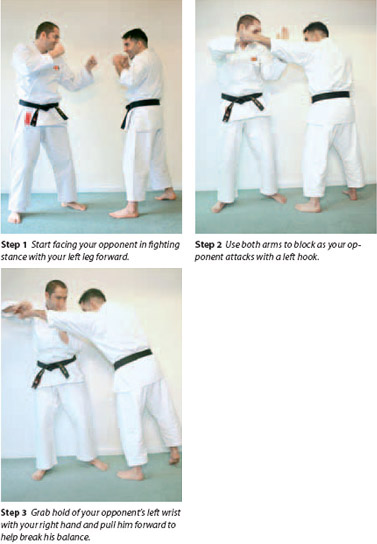

HYPER FLEXING WRISTLOCK
This technique is also known as the chicken wing or gooseneck. It hyper flexes the wrist joint by pushing the hand towards the forearm. This technique is often used as a pain compliance technique by law enforcement agents or for self-defense. Once you have this lock in place, it is relatively easy to control the movements of the subject of the lock.
